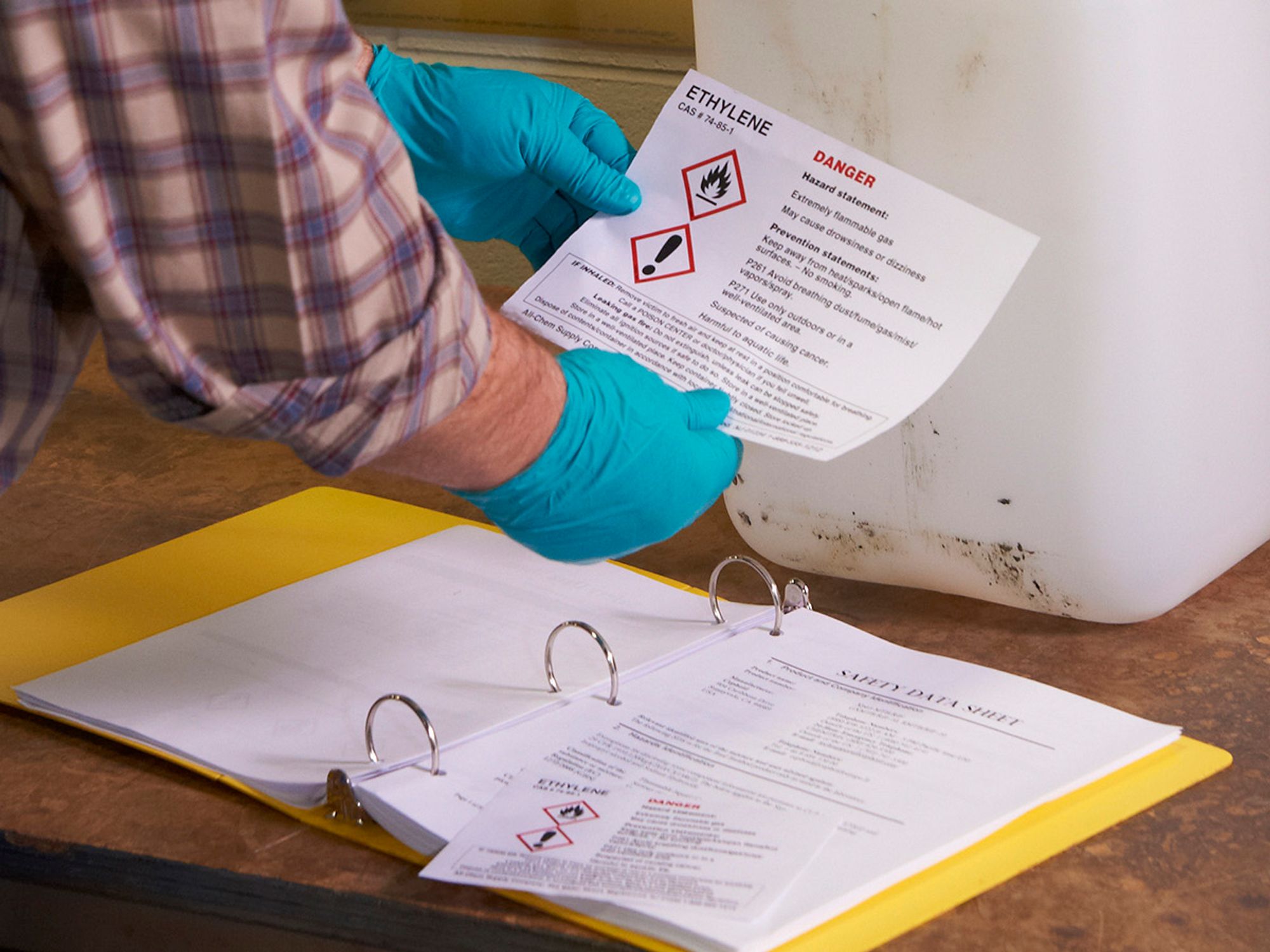InstituteSafety Data SheetsSafety & HealthGeneral Industry SafetyUSAHazard CommunicationHazard CommunicationEnglishAnalysisFocus AreaIn Depth (Level 3)
Auditing the SDS program
['Hazard Communication']

- A thorough SDS audit can help maintain compliance.
In order to stay in compliance, consider the following:
- Keep a master safety data sheet (SDS) file and check in each SDS, particularly noting the revision date. If a new or updated SDS is received, send copies to each department that will use it. Remove the old version.
- Assign someone to monitor all paper SDS files, binders, etc. Sheets get lost or become unreadable and need to be replaced. Have a cover sheet listing what SDSs are in the file, along with the revision number. Replace missing or unreadable data sheets immediately.
- Occasionally review and update as necessary the chemical inventory list.
- Include the name and contact information of the person responsible for the SDSs on the purchase orders and ask that SDSs be sent to that person.
- If any SDSs are missing, contact the supplier and request one. Document these requests, either by keeping a copy of a letter or email, or a note regarding telephone conversations.
- As new SDSs are received, there should be a process in place to review them and determine whether any handling procedures need to change to protect against the hazards of these chemicals.
The Occupational Safety and Health Administration (OSHA) does not specify a particular retention period for SDSs. However, according to the Employee Access to Medical Records at 1910.1020, an employer must retain medical records, air sampling data, and other exposure information for 30 years.
While SDSs are considered “exposure records,” employers only need to document the chemical identity, where the chemical was used, and how long the chemical was used.
